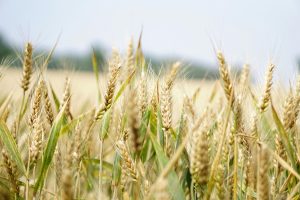3.1 Introduction: Linear Regression and Correlation

Learning Objectives
By the end of this chapter, the student should be able to:
- Discuss the method involved in fitting a line to data using least-squares regression.
- Create and interpret the line of best fit.
- Calculate and interpret the correlation coefficient.
- Calculate and interpret the coefficient of determination.
- Recognize outliers.
- Calculate residuals and create a residual plot.
Engineers and scientists often turn to regression as a fundamental tool for understanding and predicting relationships between variables. Linear regression provides a clear framework to model how changes in one or more independent variables influence a dependent variable, when the relationship is linear in nature. Its simplicity and interpretability make it a valuable tool for making informed decisions, identifying trends, and forecasting outcomes, making linear regression a fundamental tool in the toolkit of any engineer aiming to derive meaningful insights from data. In this chapter, we will be studying the simplest form of regression, simple linear regression or least-squares regression, with one independent variable. This involves data that fits a line in two dimensions. You will also study correlation which measures how strong the linear relationship is.


Feedback/Errata